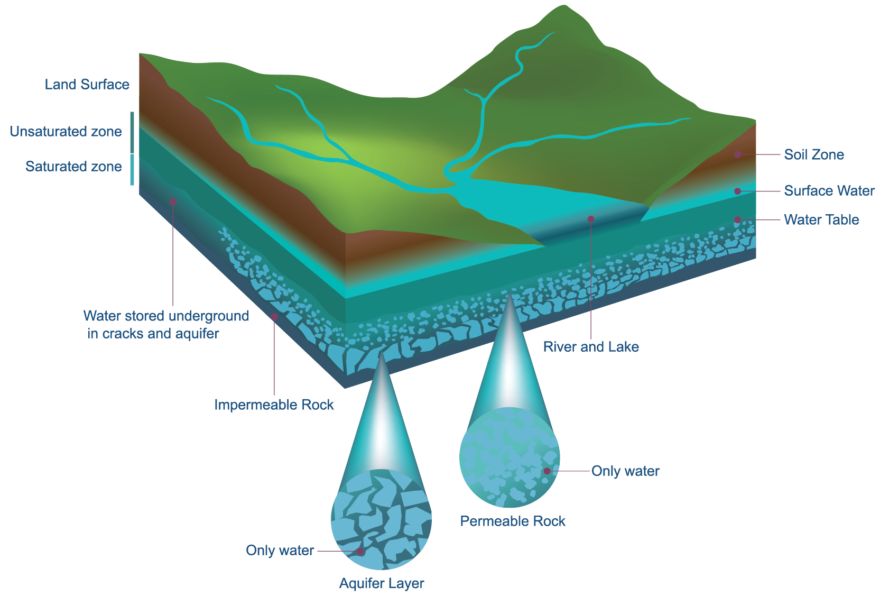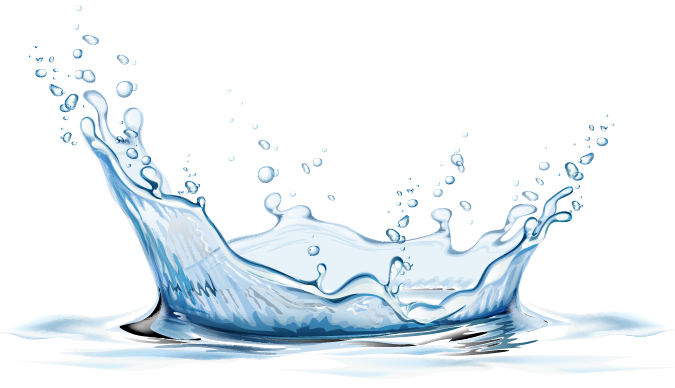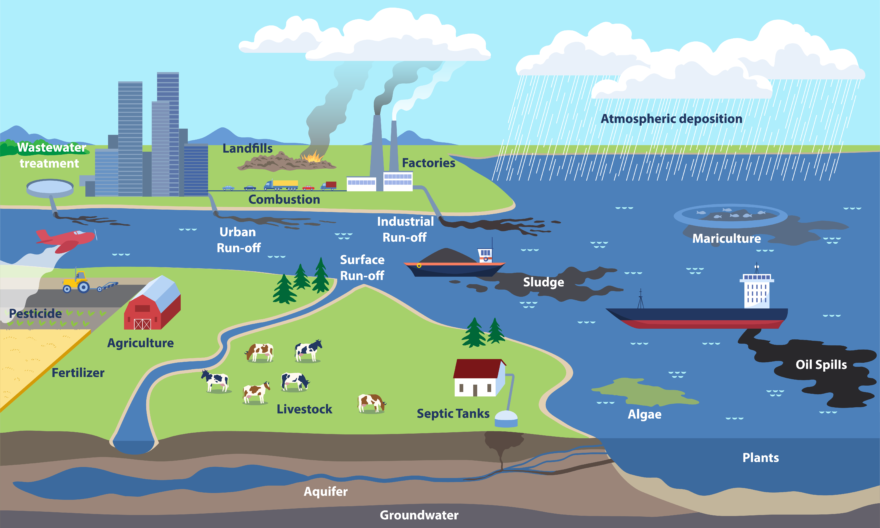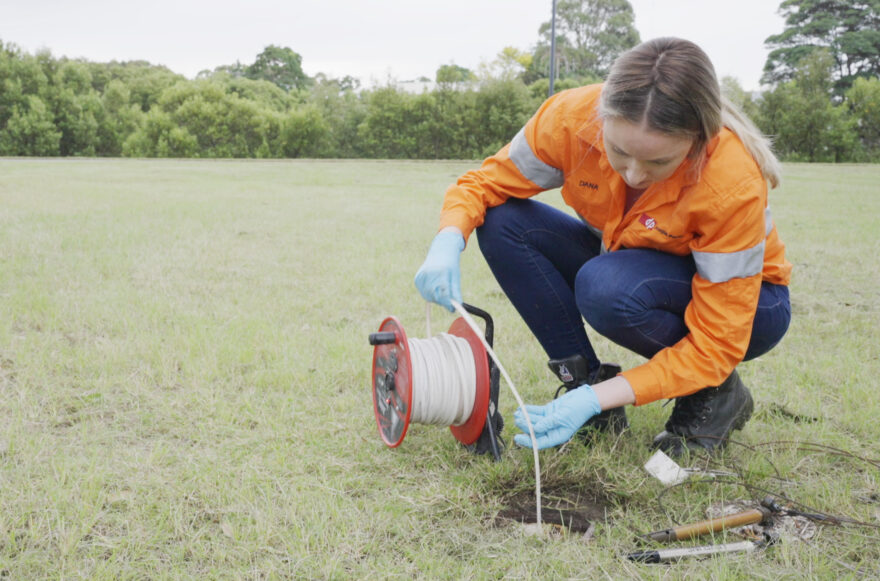What is
groundwater?
Groundwater is found deep beneath the Earth’s surface in aquifers, which are bodies of rock and/or sediment that hold large quantities of water. Because of this, groundwater contamination happens slowly; but the consequences can be serious, and the recovery is equally as slow.

The quality of groundwater is vital to human health and in many countries is the principal source of drinking water. In Australia, it accounts for around one-third of our total water consumption.
Additionally, the flow of groundwater controls the strength and compressibility of soil and the structures that sit on the Earth’s surface. It’s crucial that developers and planners consider risks to groundwater – and risks posed by groundwater – throughout the project lifecycle.
Why it’s
important
While we can’t see it, the impact of groundwater is seen everywhere. The quality of groundwater is important for many reasons, most notably because of its effects on human health and agriculture, its large economic impact, and its role in water resilience and resisting the effects of climate change.
Almost all the liquid freshwater in the world is groundwater, which supplies much of the water we use for drinking and sanitation as well as for agriculture and industry – life would not be possible without it.

What
contaminates groundwater?
In many parts of the world, groundwater resources are being depleted and degraded, threatening society’s ability to provide the water needed for drinking, agriculture, industry, and the environment, and highlighting the importance of protecting the quality of what remains.
The quality of our groundwater is under threat from both natural and man-made (Anthropogenic) contaminants. When present in the groundwater in high levels (or after long-term exposure), they can cause adverse health effects.
Natural contaminants include:
- Arsenic
- Flouride
- Manganese
Contamination due to human intervention can result from:
- Introduction of chemicals from fertiliser and pesticides used to increase food production
- Per- and Poly-Fluoroalkyl substances (PFAS) – an emerging group of industrial chemicals like flame retardants, stain protectors like Teflon – these are highly toxic, persistent and bio accumulative
- Dioxane – found in personal care products, detergents, and pharmaceuticals
- Fecal pathogens in drinking water – common in parts of the world with poor sanitation

How can we
protect groundwater throughout a project?
As the population grows, industries expand, and pressures of climate change increase, groundwater will come under an even greater strain. One of the main challenges with remediation of groundwater contamination is the time it takes. For instance, a single incident of pollution can take years to recover, and in many cases, contamination occurs slowly over time, from continued exposure.
It is typically the role of the Environmental Engineer, Environmental Scientist or Hydrogeologist to respond to known contamination, identify hazards that might contaminate groundwater, and develop protective actions to prevent contamination.
Featured in create by Engineers Australia, Dana Wilson shares the how engineering practices, including collecting data, are applied to groundwater protection. “We’re developing models, running reports and working on solutions to manage and maintain groundwater,” she said.
“We’re up to about three or four years of capturing and monitoring data and are aiming to form detailed climate change and sea level rise studies — particularly for low-lying areas.”
Dana Wilson is a senior associate and environmental engineer from Douglas Partners in Newcastle who specialises in groundwater investigations.


